In September 2021 Cheval Blanc Paris opened its door to the public. It is a luxury 72 room hotel with views over the Seine and directly in front of Le Pont Neuf. It is a sister property to the 1947 restaurant at Cheval Blanc in Courchevel. It is in an art deco building that was formerly a department store called La Samaraitaine that dates back to 1969, but closed in 2005. To run the main restaurant of the hotel Plenitude (there are three further restaurants there) Cheval Blanc recruited Arnaud Donckele, who runs La Vague d’Or in St Tropez, which has held three Michelin stars since 2013 and is also a Cheval Blanc property. Mr Donckele had worked his career in the kitchens of Lasserre in Paris as sous chef after having trained with Alain Ducasse at Louis XV and Plaza Athenee. He is backed up by head pastry chef Maxime Frederic, who had headed the pastry section of the Georges V hotel under Christian LeSquer, and who previously had been the deputy of Cedric Grolet at Le Meurice. The dining room had eleven tables seating perhaps thirty diners, for which there were fifteen chefs in the kitchen. The dining room has large, well-spaced tables, some with a direct view out over the Seine.
The tasting menu was priced at €320, or €345 with a cheese course, and a wine pairing option was offered at €195, with a posher one at €480. The wine list had 1,349 labels and started at €50, going up to €25,000, with a median price of €320, and a typical markup to retail price of a fairly hefty 3.3 times. Sample references were Albert Boxler Pinot Blanc 2018 at €75 for a bottle that you can find in the high street for €20, Division Chardonnay 2018 from the Willamette Valley at €95 compared to its retail price of €29, La Dame de Montrose (second wine of Château Montrose) 2015 at €135 for a wine that will set you back €44 in the high street. For those with the means there was Toscana Masseto Tenuta dell’Ornellaia 2015 at €550 compared to its retail price of €234, and the superb Leroy Chassagne-Montrachet 1er Cru Morgeot 2014 at €1,700 for a wine whose current market value is €587.
The meal started with a series of canapes. An oyster was grilled and topped with herb dressing, which was pleasant if not especially memorable. A thin sliver of toast was topped with bits of sardine, which was rather uninspiring. There was also a snail canape, the snail meat enlivened with a little dried duck breast, onion, fennel, steamed Roma tomato, ginger and lemongrass infusion, star anise, basil, reduction of Chardonnay and pastis, yuzu juice, essence of fresh fennel and olive oil with lemon peel. Despite the amount of work that had clearly gone on here, the overall dish tasted all right but the snail itself did not compare well to other snails that I have eaten, such as at Troisgros. There was also a little glass filled with onion infusion, fennel, celeriac, steamed Roma tomato, lemongrass and ginger infusion, star anise, basil, Chardonnay and pastis reduction, yuzu juice, fresh fennel essence and olive oil with lemon skin, which was pleasant. Much the best of the nibbles was a tartlet of potato and seaweed with pike perch, which had very delicate pastry and an interesting contrast between the fish and the earthy potato. This was followed by crab with new season white asparagus, grapefruit and a crab vinaigrette. The vinaigrette was quite sharp, a little too much so to my taste (canapes average barely 16/20, with that score elevated considerably by the fine pike perch tartlet).
My first formal course was a pair of plump grilled langoustine tails with artichokes and a langoustine vinaigrette infused with basil, the langoustine coral, cucumber water, lemon, citrus syrup, verbena olive oil, white vinegar, yuzu juice, bergamot orange olive oil and long pepper. The langoustines themselves were sweet and delicate, the vinaigrette nicely balanced (17/20). I was rather underwhelmed by a taste that I had of an alternative starter, a cured sardine with fennel and marigold, which for me failed to elevate the humble sardine to any great culinary level, though the sauce with it was excellent.
My next course was red mullet with Brittany sea urchin, saffron potatoes and rock fish “bravade” sauce. The latter was made from Mediterranean rock fish, pastis, cognac, shallot, fennel, celery, orange peel, basil, crocus, potato, olive oil, sea urchin juice, roasted vegetable sabayon and Voatsperifery pepper from Madagascar. The mullet was excellent, precisely cooked and the little potatoes being lovely, the sauce rich and complex (18/20). After a little palate cleanser sorbet in the kitchen, we returned to the dining room for the final savoury course.
My main course was roast pigeon with potato with confit pigeon leg and giblets with foie gras tart on the side. The sauce was “delicatesse” and was made from pigeon jus, a shallot reduction with Xeres vinegar, olive from Val de Bois in Provence, Cabernet Sauvignon red wine vinegar, Bouteillan olive oil from Provence, smoked anchovy, rosemary, potato skin and wild cumin. The pigeon breast was lovely, as were the potatoes, and the sauce was rich and pleasing. It was better than the tart of confit duck and foie gras, which was curiously underwhelming, pleasant but not having the depth of flavour that I was expecting (18/20).
A little section of the dining room was devoted to cheese, with a walk-in cupboard with a display of lovely china plates and a wide array of interesting cheese from all around France. The highlight of the meal was the dessert. “Emotional Normandie” was an apple dessert flavoured with cinnamon, alongside a delicate millefeuille accompanied by a sorbet made with Chateau d’Yquem dessert wine. The apple rested in a concentrated Normandy apple jus flavoured with cinnamon and grated fresh apple. (19/20). Also terrific was a dessert of citrus with remarkably delicate meringue leaves, with a sauce of macerated lemon, organic cane sugar, yellow lemon peel, citrus endocarp (the inner layer of citrus fruit) and olive and mandarin oil.
Coffee was very good, from a supplier called Malongo Cafe. Service was extremely professional and the staff were knowledgeable. I was being treated to this meal by a friend so I did not see the bill, but given that the tasting menu was €320 it is clearly never going to be a cheap outing. If you shared a modest bottle of wine then perhaps you could leave with a bill of €380 per person. Plenitude is a stylish, albeit not cheap, addition to the Paris dining scene.
































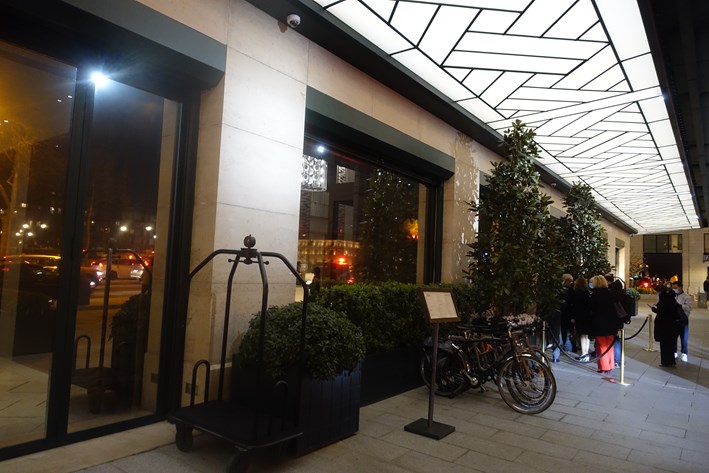

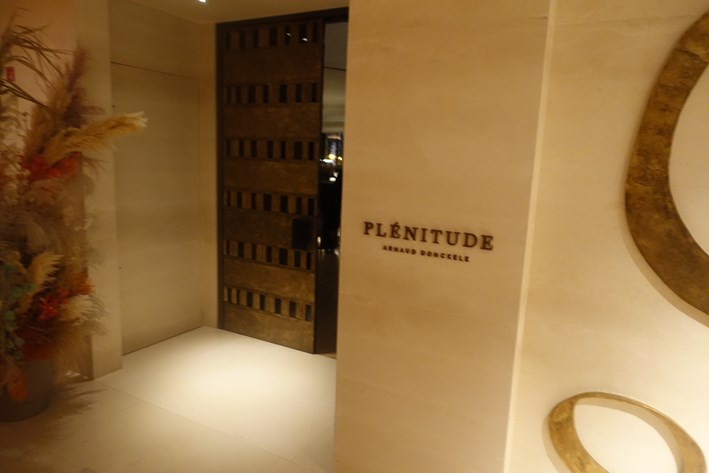
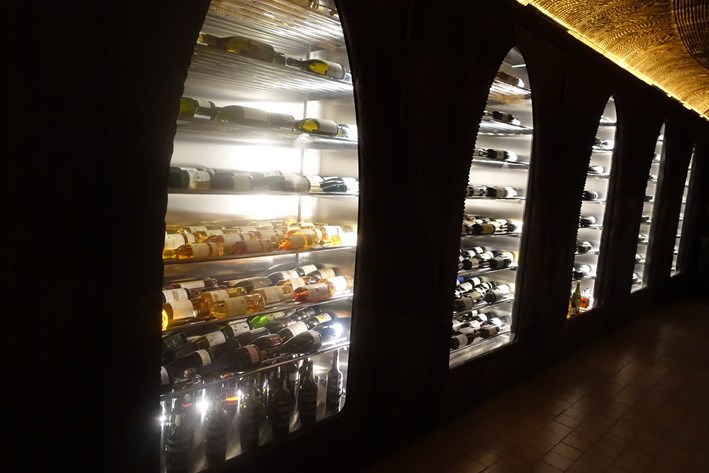

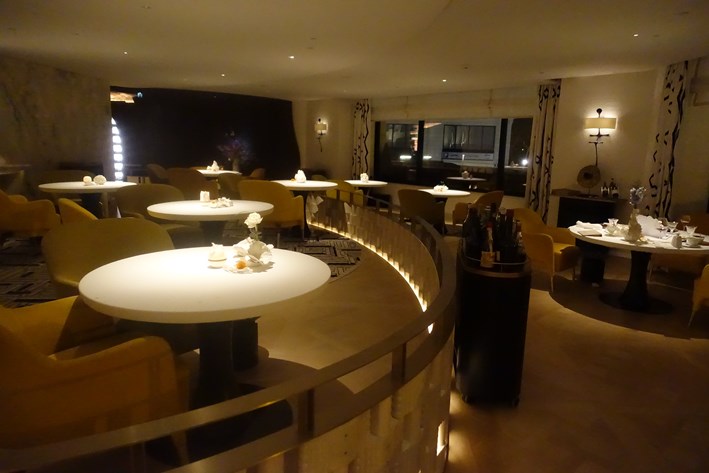

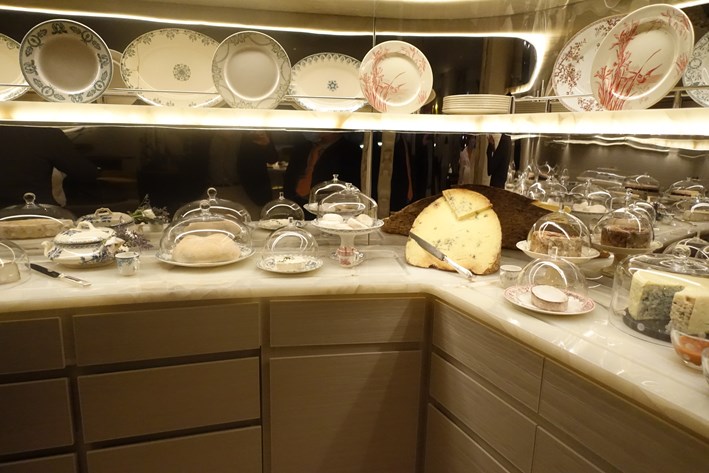
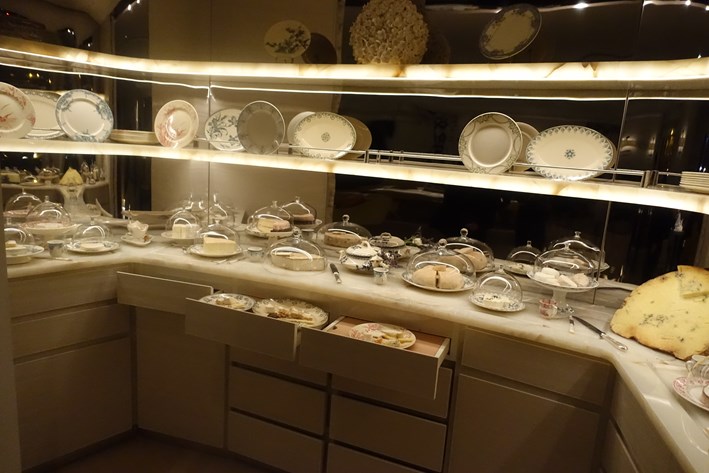
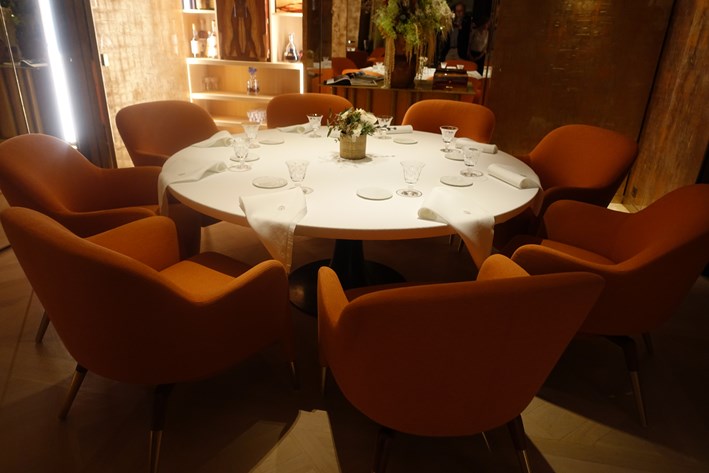
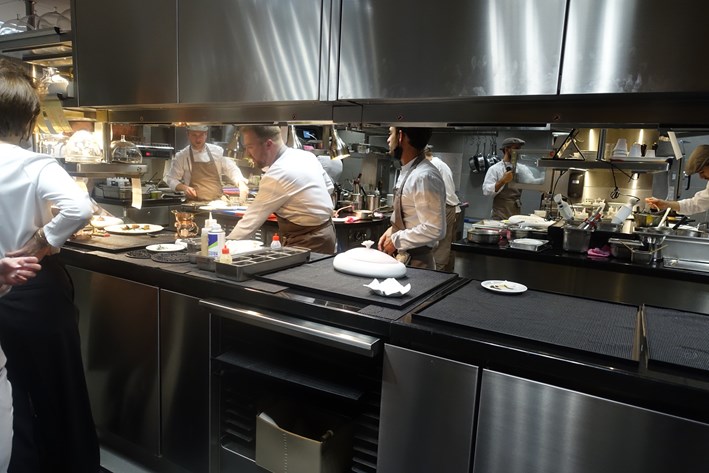
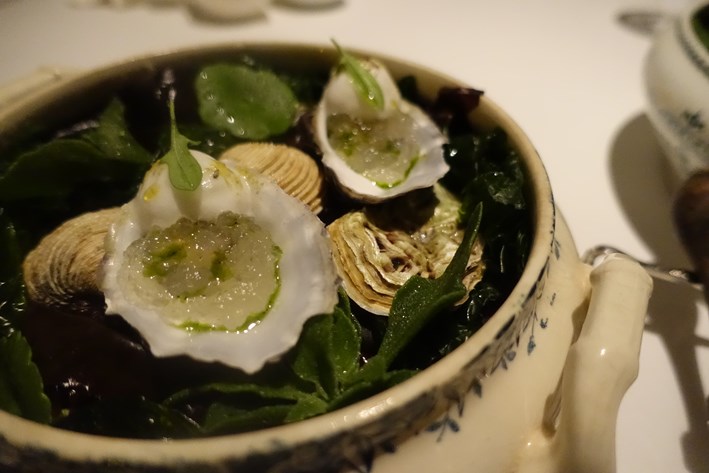

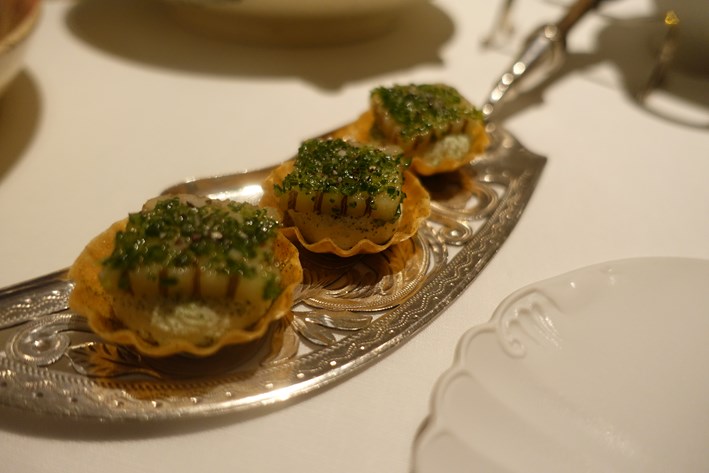
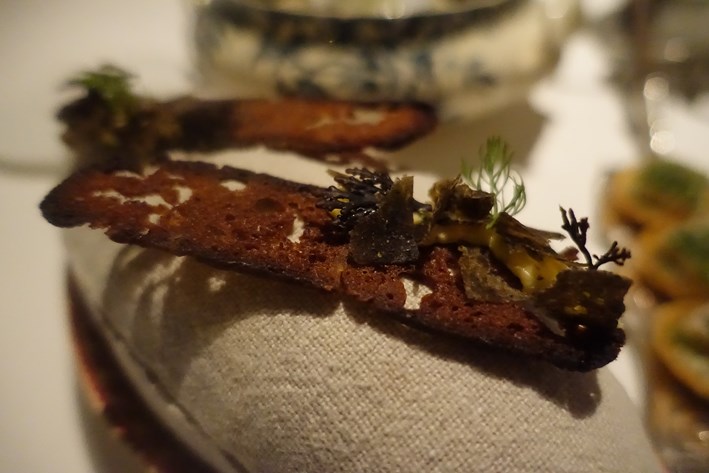


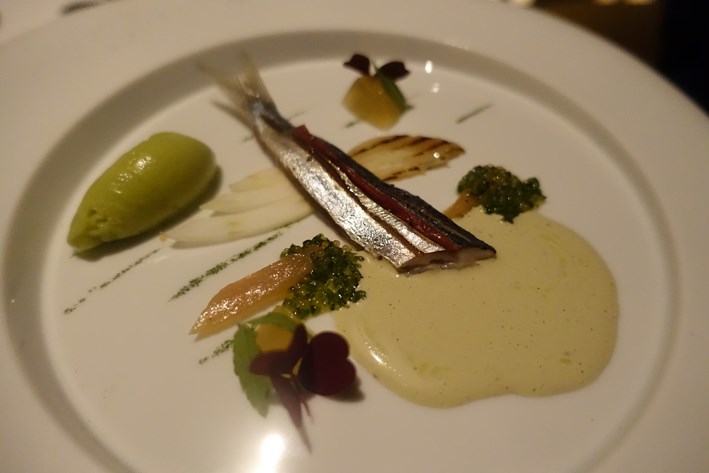
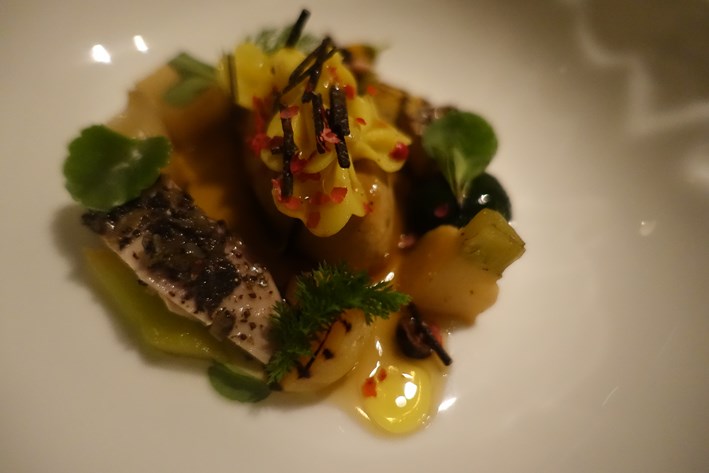
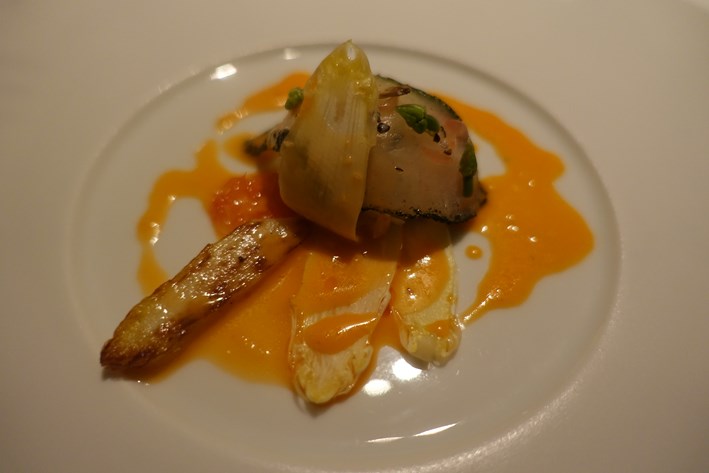
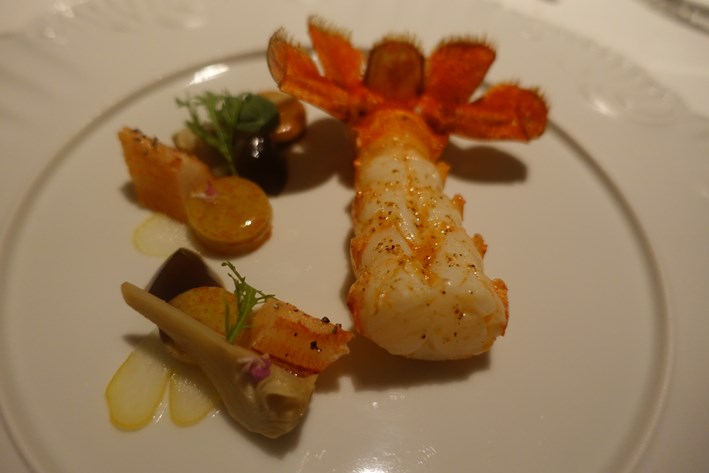



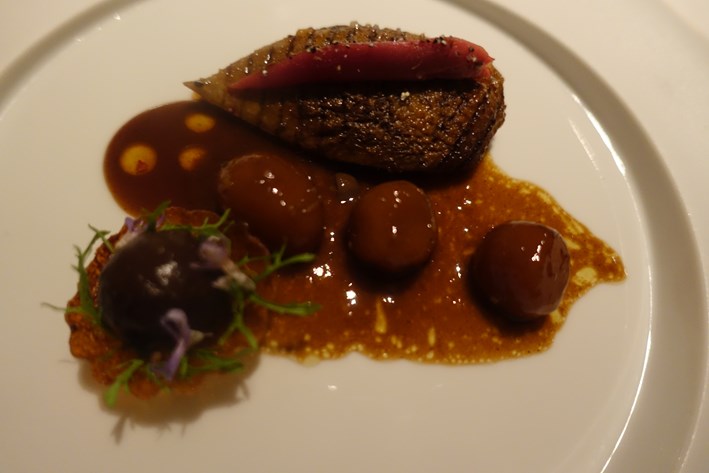
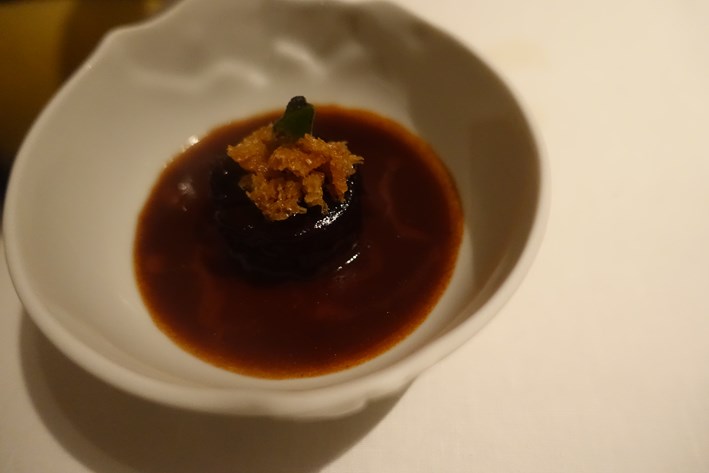

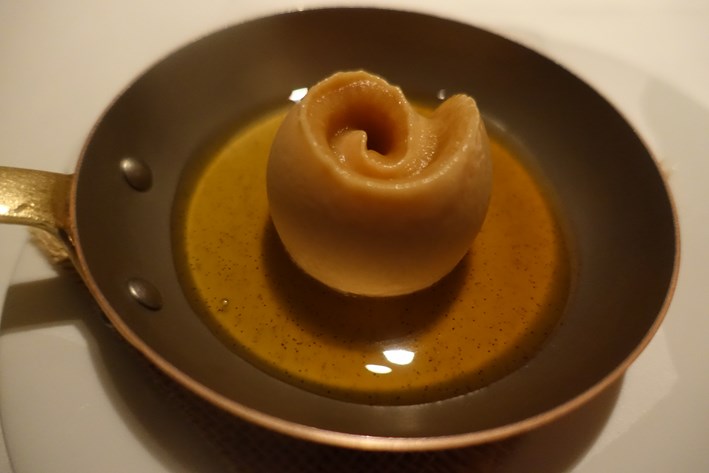
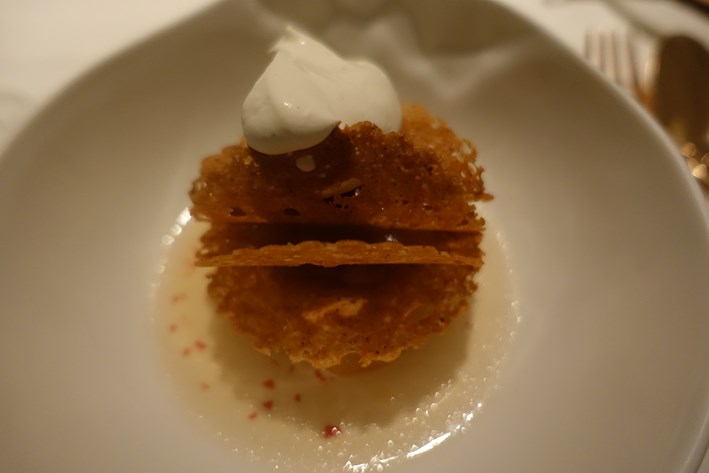



Add a comment
Thank you for submitting your comment, this will be checked and added to the website very soon.
User comments